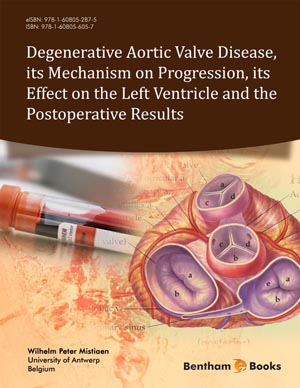Abstract
The development of tissue engineered heart valves has seemed promising: with its development, a living tissue, capable of growth, repair and remodelling would cure the valve disease. Nevertheless, TEHV will have to compete with well established procedures and devices such as pericardial BHV.
The release of a device that can compete with currently available valves will take probably many more years. The development of TEHV is complex and requires several steps.
First, the scaffold has to be chosen: a synthetic and biodegradable device or a decellularized scaffold from biological origin. For the latter, many decellularization protocols exist, all with their pro’s and con’s.
Second, the decision for cell reseeding has to be made. The source for the cells has its importance. Differentiated cells of the same type but from a different region (vascular EC vs. valvular EC) can behave differently. Autologous mesenchymal stem cells derived from bone marrow and progenitor cells from other sources seem promising.
After reseeding, culturing in a bioreactor can improve the biomechanical properties of the device. Much depends however on the mechanical loading protocols and on the biochemical composition of the culture medium. Small differences in such protocols lead to a great variety of tissues.
It seems that the “silver bullet”, leading to the desired differentiation of the seeded cells, which are capable of remodelling an repairing the ECM, still has to be found. Moreover, long-term animal studies, in vivo evaluation of the device and bench-to-bed series are still lacking. Attempts to implant TEHV in young patients with congenital heart disease were and still are not promising.
Keywords: Biochemical protocols, bioreactor, cell sources, collagen, decellularization, endothelial cells, extracellular matrix, glycosminoglycan, mechanical loading protocol, mesenchymal stem cells, myofibroblasts, reseeding, scaffold, smooth muscle cells.






















